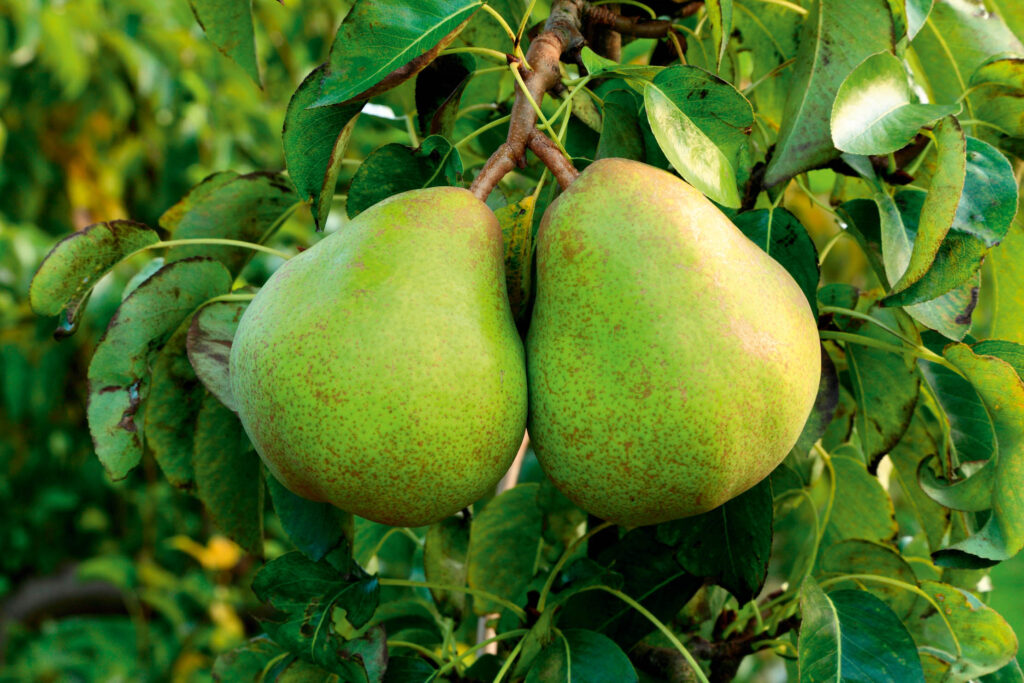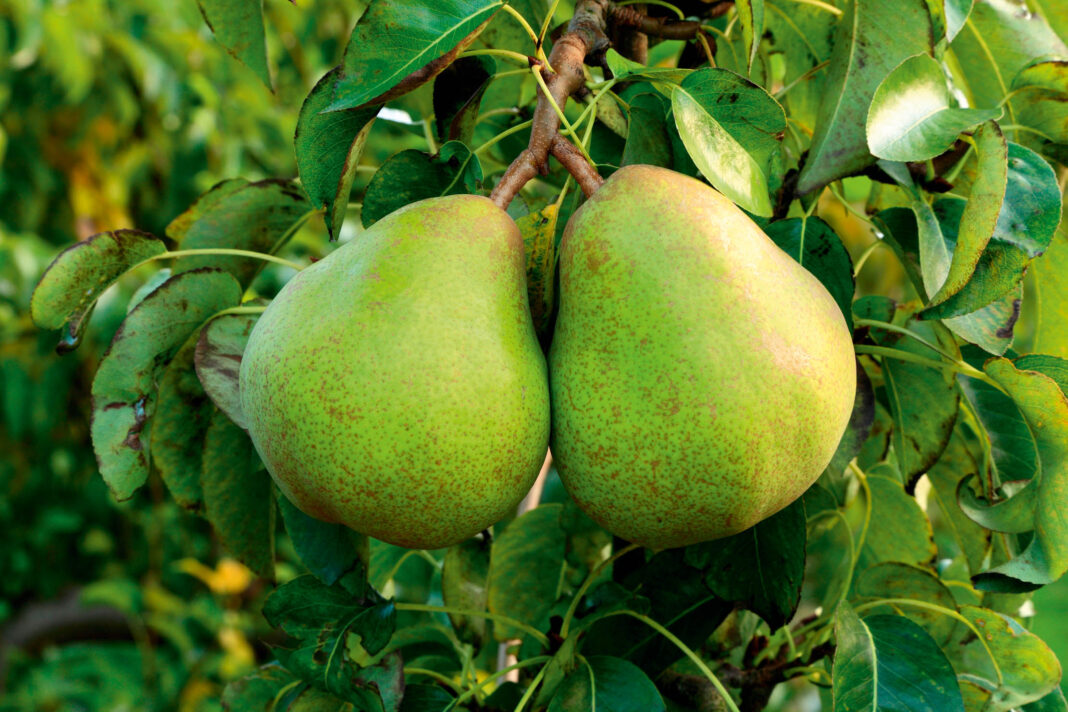As an experienced fruit tree enthusiast, I’m excited to share my insights on starting a thriving fruit tree orchard. Whether you’re a seasoned gardener or a newcomer to the world of orcharding, this comprehensive guide will provide you with the essential tips and strategies to establish a successful and bountiful fruit tree orchard.

Introduction to Starting a Fruit Tree Orchard
Cultivating a fruit tree orchard can be a rewarding and fulfilling endeavor, allowing you to enjoy the fresh, homegrown produce right from your own backyard. However, starting an orchard requires careful planning, preparation, and ongoing maintenance to ensure the health and productivity of your trees. In this guide, we’ll explore the key steps and considerations to help you establish a thriving fruit tree orchard.
Choosing the Right Location for Your Orchard
The location of your fruit tree orchard is crucial for its success. When selecting the ideal site, consider the following factors:
- Sunlight Exposure: Choose a location that receives at least 6-8 hours of direct sunlight per day. Fruit trees thrive in areas with full sun exposure.
- Soil Conditions: Ensure the soil is well-draining and nutrient-rich. Avoid areas with heavy clay or waterlogged soil, as they can lead to root rot and other issues.
- Slope and Drainage: Opt for a slightly sloping terrain to facilitate proper drainage and prevent waterlogging.
- Proximity to Water Sources: Having easy access to a reliable water source, such as a well or irrigation system, will simplify the watering process for your orchard.
- Protection from Wind: Consider planting windbreaks or selecting a site that is naturally sheltered from strong winds, which can damage delicate fruit trees.
Selecting the Best Fruit Tree Varieties for Your Orchard
Choosing the right fruit tree varieties for your orchard is crucial for maximizing productivity and ensuring a diverse harvest. When selecting your trees, consider the following factors:
- Climate Suitability: Choose fruit tree varieties that are well-suited to your local climate and growing conditions.
- Pollination Requirements: Ensure you select compatible fruit tree varieties that can pollinate each other effectively.
- Maturity Timelines: Select a mix of early, mid, and late-season fruit tree varieties to extend your harvesting period.
- Desired Fruit Types: Consider the types of fruits you and your family enjoy, and select a variety of tree species to cater to your preferences.
- Dwarf or Standard-Sized Trees: Decide whether you want to grow dwarf or standard-sized fruit trees, as this will impact the overall size and layout of your orchard.
Preparing the Soil for Planting Fruit Trees
Proper soil preparation is essential for the long-term health and productivity of your fruit tree orchard. Follow these steps to ensure your soil is ready for planting:
- Test the Soil: Conduct a soil test to determine the pH, nutrient levels, and any deficiencies that need to be addressed.
- Amend the Soil: Based on the soil test results, incorporate organic matter, such as compost or well-rotted manure, to improve soil structure and fertility.
- Adjust the pH: If necessary, add lime or sulfur to adjust the soil pH to the optimal range for your chosen fruit tree varieties.
- Loosen the Soil: Use a rototiller or plow to deeply loosen the soil, ensuring it is well-aerated and easy for the tree roots to penetrate.
- Create Planting Holes: Dig planting holes that are twice the width of the root ball and only slightly deeper.
Planting and Spacing Fruit Trees Correctly
Proper planting and spacing of your fruit trees are crucial for their long-term growth and productivity. Follow these guidelines:
- Planting Depth: Ensure the root flare (the area where the trunk meets the roots) is level with the surrounding soil.
- Tree Spacing: Allow adequate spacing between trees, typically 15-30 feet apart, depending on the mature size of the tree.
- Row Spacing: Space the rows of trees 20-30 feet apart to allow for easy access and maintenance.
- Staking and Supports: Use sturdy stakes or trellises to support the young trees, especially during the first few years of growth.
- Mulching: Apply a 2-4 inch layer of organic mulch around the base of the trees to retain moisture and suppress weed growth.
Caring for Your Fruit Tree Orchard – Watering, Fertilizing, and Pruning
Maintaining the health and productivity of your fruit tree orchard requires ongoing care and attention. Here are the essential steps:
- Watering: Establish a consistent watering schedule, ensuring the soil remains moist but not waterlogged. Adjust watering based on seasonal changes and weather conditions.
- Fertilizing: Apply a balanced, slow-release fertilizer or compost to your trees, following the manufacturer’s instructions. Adjust the fertilizer regimen based on your soil test results.
- Pruning: Regularly prune your fruit trees to maintain their shape, encourage air circulation, and promote fruit production. Timing and techniques will vary based on the tree species.
- Pest and Disease Management: Vigilantly monitor your orchard for signs of pests or diseases, and take appropriate action using organic or sustainable methods.
- Weed Control: Regularly remove weeds around the base of the trees to prevent competition for nutrients and water.
Pest and Disease Management in Fruit Tree Orchards
Maintaining the health of your fruit trees is crucial for a successful orchard. Be proactive in managing pests and diseases by implementing the following strategies:
- Integrated Pest Management (IPM): Adopt an IPM approach, which combines cultural, biological, and, as a last resort, minimal chemical controls to manage pests and diseases.
- Monitoring and Early Detection: Regularly inspect your trees for signs of pest infestations or disease symptoms, and address any issues promptly.
- Encouraging Beneficial Insects: Attract and encourage the presence of beneficial insects, such as ladybugs and lacewings, which can help control common orchard pests.
- Organic Treatments: Utilize organic, natural-based pesticides and fungicides, such as neem oil or copper-based sprays, to address specific pest or disease problems.
- Sanitation and Pruning: Maintain good orchard hygiene by regularly removing and disposing of any diseased or infested plant material.
Harvesting and Maintaining Fruit Tree Orchards
Proper harvesting and ongoing maintenance are crucial for the long-term health and productivity of your fruit tree orchard. Follow these guidelines:
- Harvesting: Learn the optimal harvesting time for each fruit tree variety and gently pick the ripe produce, taking care not to damage the trees.
- Postharvest Care: Properly store, process, or preserve your harvested fruits to maximize their shelf life and quality.
- Ongoing Maintenance: Continue with regular watering, fertilizing, pruning, and pest/disease management tasks to ensure the continued health and productivity of your orchard.
- Replanting and Rejuvenation: Over time, replace aging or unproductive trees with new, healthy specimens to maintain the overall vitality of your orchard.
- Record-Keeping: Maintain detailed records of your orchard’s performance, including yields, pest/disease issues, and any other relevant data to inform future management decisions.
Marketing and Selling Your Fruit Tree Produce
If you have a surplus of fruit from your orchard, consider exploring various marketing and sales channels to maximize the value of your harvest. Here are some options to consider:
- Farmers’ Markets: Participate in local farmers’ markets to sell your fresh, high-quality fruits directly to consumers.
- Community-Supported Agriculture (CSA): Offer a CSA subscription program, allowing customers to regularly receive a share of your orchard’s produce.
- On-Farm Sales: Set up a farm stand or roadside market to sell your fruits directly from your orchard.
- Wholesale Distribution: Explore relationships with local grocery stores, restaurants, or specialty food retailers to supply your fruits on a wholesale basis.
- Value-Added Products: Consider processing your fruits into jams, preserves, or other value-added products to extend their shelf life and increase your profit margins.
Conclusion
Starting a fruit tree orchard is a rewarding and fulfilling endeavor that can provide you with a bountiful harvest of fresh, homegrown produce. By following the essential tips and strategies outlined in this guide, you’ll be well on your way to establishing a thriving and successful fruit tree orchard. Remember to remain patient, adaptable, and committed to the ongoing care and maintenance of your trees, and you’ll be enjoying the fruits of your labor for years to come.If you’re ready to take the first step towards starting your own fruit tree orchard, download our free guide “10 Expert Tips for Planting and Caring for Fruit Trees” for additional insights and practical advice.

